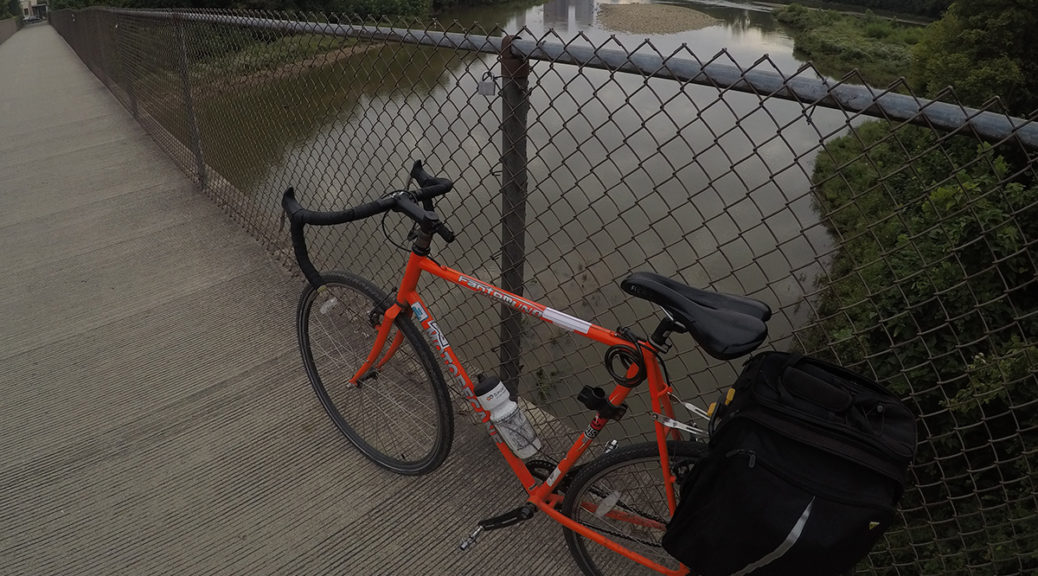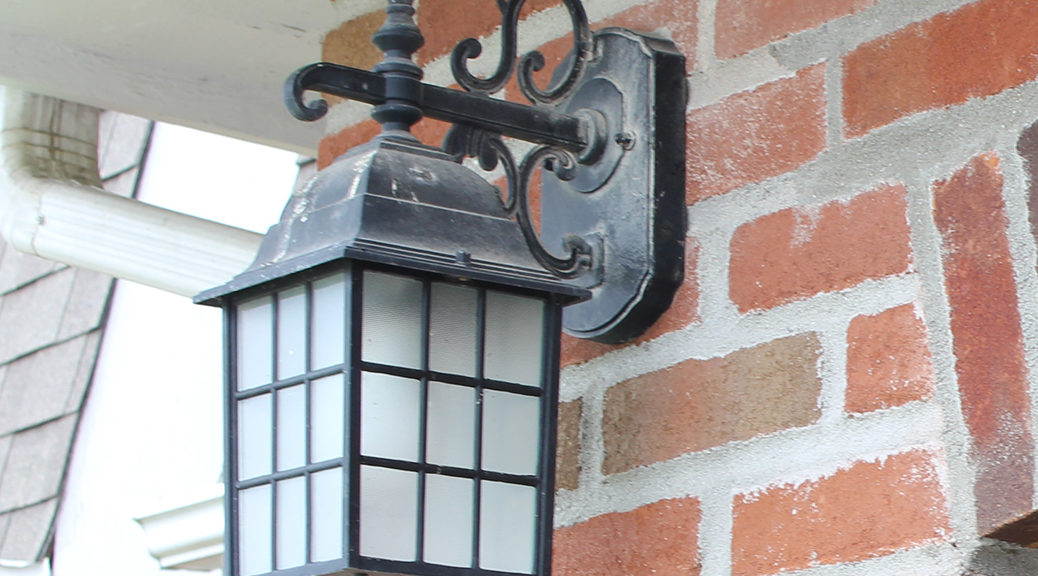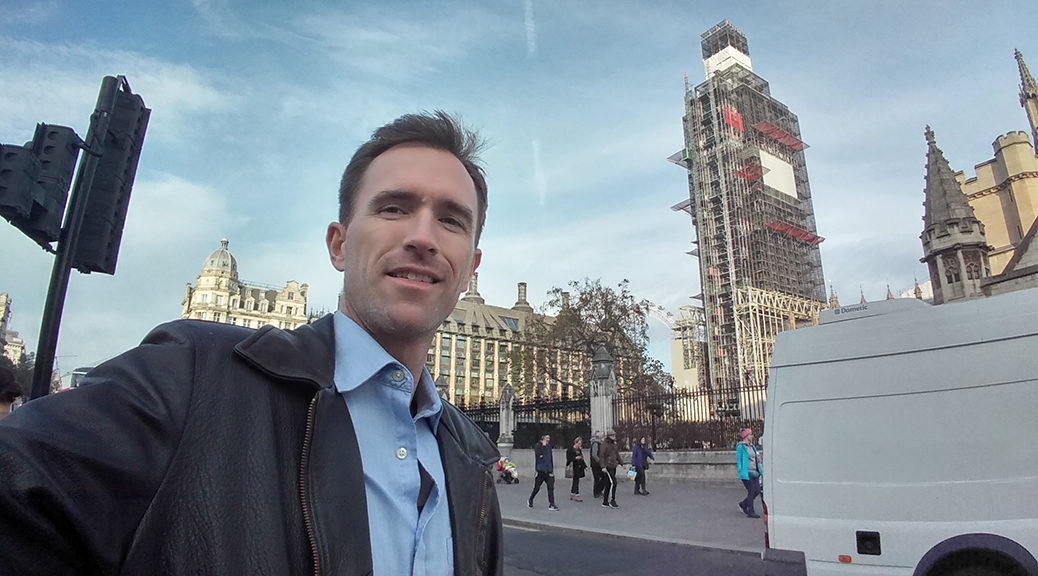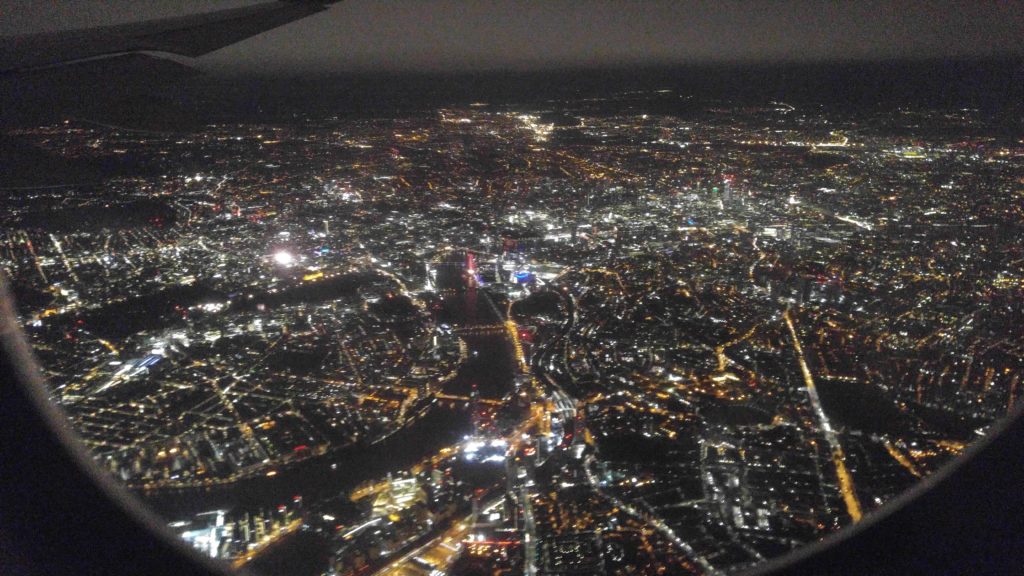Post-Industrial Time, A Timeline of Progress
Time v1: Pre-Industrial Time, until ~1775
Without accurate clocks, one looks to the sun, stars, and moon as a reference for time. This is pre-industrial time.
Time v2: Industrial Time, 1775 – present
Captain James Cook, on his second voyage from 1772-1775 used a watch / chronometer, that cost a third as much as a ship cost at the time that was accurate enough to determine his longitude as he sailed around the world. The watch was called the K1. The K1 was designed by John Harrison, then Marcum Kendall successfully crafted a copy, and Kendall was rewarded by the British government. Basically, the K1 watch told Captain Cook that the sun was early or late as he traveled, something we would understand as “switching time zones.” Prior to this, Cook would have looked to the sun and not known “what time it is” in his home of England and would have continuously adjusted to the sun. By knowing “how early or late” the sun was, he had a steady reference, and Cook used the reference to calculate his longitude. Captain Cook continued to use the new watch for the rest of his travels as an indispensable navigational guide. This was the first time a person referenced a machine rather than celestial objects to determine the time. This is Industrial Time. This is the time format we are familiar with today. A century after Cook’s voyages, in 1884, at the International Meridian Conference, world leaders discussed and chose, …a meridian to be employed as a common zero of longitude and standard of time reckoning throughout the world. Time zones were born. Industrial Time calculated by machines effectively replaced nature to determine “what time it is” and we never looked back. Until now.
Time v3: 2018 and Beyond
Machines are now flexible enough to give us a time format that is accurate and precise while still remaining relevant to the natural world around us. Enter Time v3 (Post-Industrial Time). The time v3 at your location is: During the day, the amount of time, in the standard hours and minutes to which we are accustomed, since the sun rose. Sunrise occurs at time 00:00. Time v3 also includes the day length for reference. Sunset occurs when the time equals the day length. Midday is half that amount of time, and the sun will always be directly in the north or south at midday (or overhead). Example: The time is now sunrise plus hh:mm:ss. The day length is hh:mm. The night length is hh:mm. At night, the time v3 is the amount of time until the next sunrise. At night time v3 counts down from the total night length to zero. Example: The time is now sunrise minus hh:mm:ss. Tomorrow’s day length is hh:mm.
You will immediately notice that post-industrial time is location-specific. It is meant to be used locally, only with people who are within a normal day’s commute of you. Within that space it varies only a few minutes. It can be used within a city and surrounding suburbs for example. It can be used to set the time that employees arrive at work in order to have them arrive at a reasonable hour with respect to nature, the whole year round. It is not useful for coordinating flight arrival times, phone calls outside your city, etcetera. Post-industrial time does not replace industrial time. Industrial time is still useful and in fact, industrial time makes it easy for computers to calculate post-industrial time. An exception is that post-industrial time will make daylight savings time changes obsolete. Post-industrial time needs industrial time, and it improves on industrial time. It uses industrial time and the flexibility of machines (computers) to give us a time that is more natural.
Post-Industrial Time, Live It Love It
Post-industrial time connects us with the people around us, who we can relate to in person, by bringing to attention what we share with our local friends: sunrise, sunset, midday, longer and shorter periods of light and darkness. Post-industrial time puts nature back where it belongs, ahead of the machines and our man-made conventions by measuring our industrial lives using natural events rather than measuring natural events with industrial inventions. Post-industrial time forces the machines to adapt to us, rather than the other way around by directing the machines to give us time that is based on nature. Post-industrial time is fun by shaking up something we thought to be older than the hills. Post-Industrial time is a better future by remembering the past.
Keep Industrial Time!
I am not opposed to Industrial Time. I believe it should remain, and Industrial Time should continue to be used in its current state in many situations. Industrial Time works well in an industrial, global world! However, Industrial Time is new, weird, arbitrary, and disconnected from the natural events it measures. It should be treated as such, and it should have its own name, Industrial Time.
Post-Industrial Time Clock Projects
- https://nathanruffing.com/timev3/
- Android app: currently on github
- Javascript version for website: currently on github.
- Contact nate@rr34.us for access to the repositories.
- Physical clock on a Raspberry Pi: under development
- i-phone app: Swift?
- Aaron’s Raspberry Pi
For Developers
We are actively coding in order to enable the use of Post-Industrial Time with clocks.
Post-Industrial Time Coding Notes
At a given location, the post-industrial time is:
Daytime
If daytime at location, i.e. the sun is up / above the horizon. i.e. the most recent event was a sunrise rather than a sunset, then the post-industrial time is: Sunrise + hh:mm:ss. The day length is hh:mm. The night length is hh:mm. Where the sunrise is the most recent sunrise at that location. The total day length is included for the current period of daylight for reference.
Nighttime
If nighttime at location, i.e. the sun is down / below the horizon. i.e. the most recent event was a sunset rather than a sunrise, then the post-industrial time is: Sunrise – hh:mm:ss. Tomorrow’s day length is hh:mm. The night length is hh:mm. Where the sunrise referenced is the next sunrise to occur at that location, and the amount of time is the amount of time until that event. It counts down to zero at night. The total night length should also be included for the current period of nighttime.
The Polar Regions
The issue arises in the polar regions where the sun does not set during a particular industrial calendar date / rotation of the earth. When this is the case, the post-industrial time still continues to count up since the sun last rose above the horizon, and the day length is still the total time until the sun sets. Near the poles, the sun may remain above the horizon for months at a time. This means that the post-industrial time WOULD reach over 4,000 hours. Half of a year is 4,380 hours. In the polar regions, when the day length exceeds 24 hours, the unit “rotations” must be introduced and the post-industrial time becomes: Sunrise + rr:hh:mm:ss. The day length is rr:hh:mm. One rotation = 24 hours. *See note. This is required in order for the post-industrial time to continue to have meaning with respect to where the sun is in the sky. In the arctic region, the most recent sunset will have been in the south, and therefore the rr value will tick up approximately when the sun crosses south. As the sun circles around just above the horizon (arctic region), the sun will be in the west at about xx:06:xx:xx, north at ~xx:12:xx:xx, east at ~xx:18:xx:xx, cross south again at ~+1:00:xx:xx. This will be true for the entire duration of a multiple rotation day. Day length [should be?] within a few minutes of when the rr value ticks up and day lengths will be within a few minutes of multiples of 24 hour periods. *Note, this is all relative to the sun and not relative to the stars, don’t try to get clever and use a “sidereal day” for the number of rotations. The rotations are relative to the sun.








